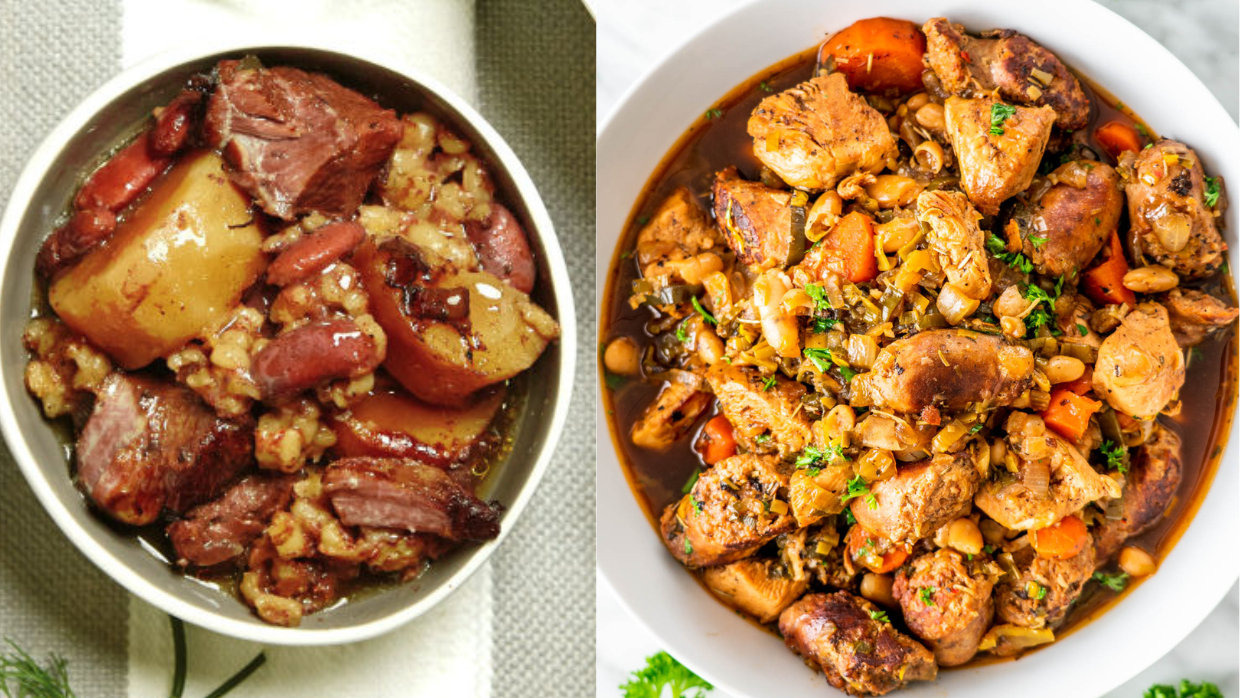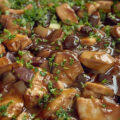When it comes to Jewish cuisine, few countries can match the culinary richness and diversity of France and Poland. Both countries have long and storied histories of Jewish communities, each with their own unique culinary traditions that have been shaped by centuries of cultural exchange and adaptation.
In this article, we will take a closer look at Jewish French and Jewish Polish cuisines and compare the different and sometimes similar dishes and cooking styles that define each culinary tradition. And, of course, we'll have a friendly competition to see which one comes out on top.
Jewish French Cuisine
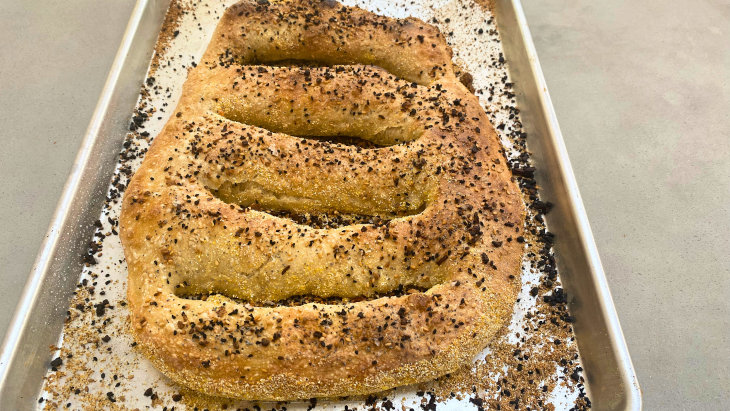
There has been a large Jewish community in France for over 2,000 years, and over that time, they have developed a distinct culinary identity that is both sophisticated and flavorful.
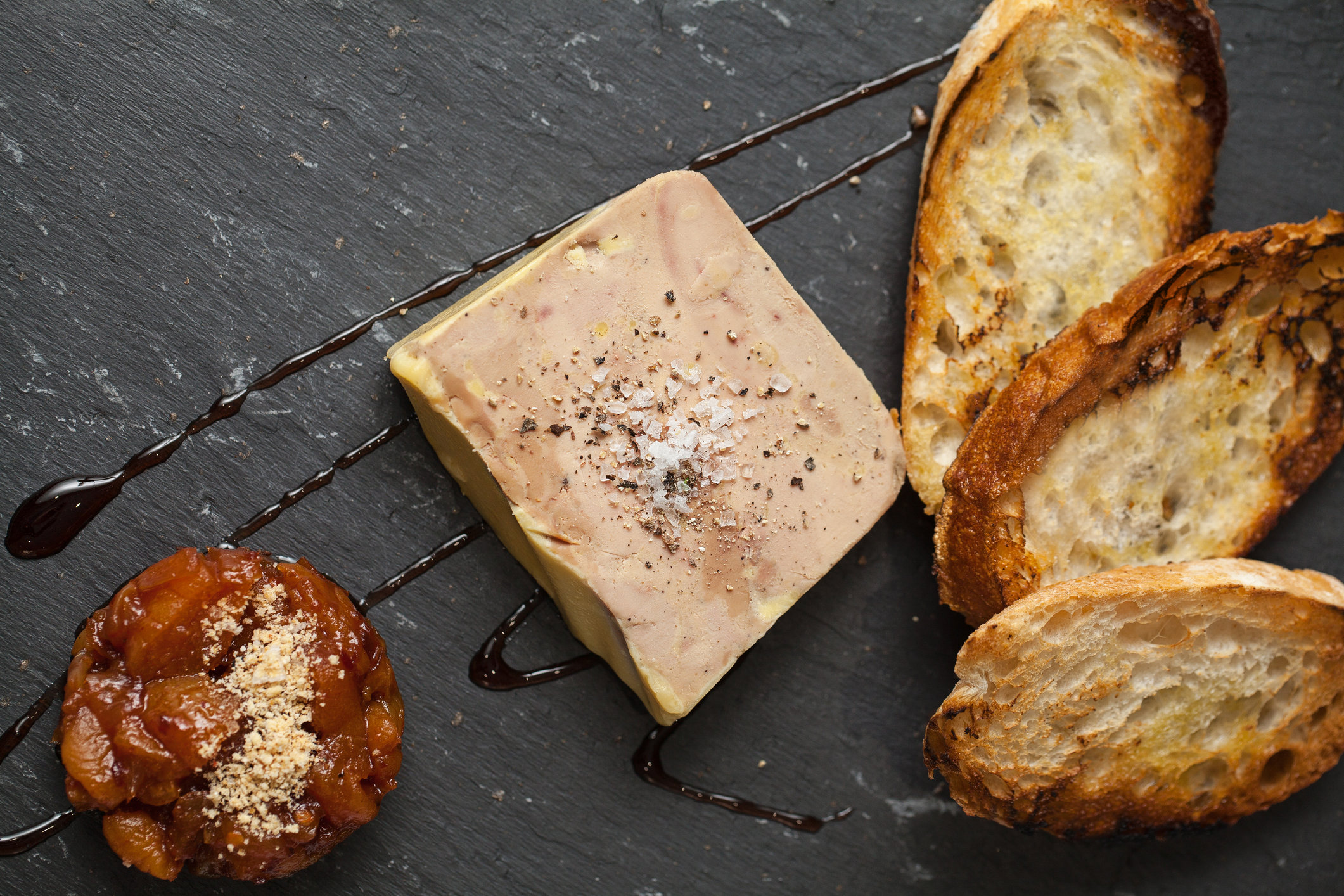
Foie Gras
Jewish French cuisine is a blend of French culinary traditions and Jewish dietary laws. One of the staples of Jewish French Cuisine is chopped liver or as it’s known by the French - Foie Gras. The common technique of creating Foie Gras by over-feeding geese originates from Jewish farmers and techniques honed there.
Another popular dish in Jewish French cuisine is Choucroute Garnie, a hearty stew made with sauerkraut, potatoes, and sausages that combines many of the unique cooking techniques the Jews brought with them from their experiences abroad.
If you manage to snag a coveted invite to a Jewish French home on the Jewish holiday of Shavuot, you might even be treated to a warm loaf of aromatic fougasse, a unique French ladder bread. Fougasse is traditionally baked in the shape of a ladder, with holes, and candied cherries or candied orange peel often embedded in the dough.
Or, on a visit to Alsace, you might get lucky and get your hands on a steaming bowl of Pot Au Feu, a succulent beef stew commonly served on the Sabbath.
 Source: KosherRiverCruise.com
Source: KosherRiverCruise.com
Jewish French cuisine is also known for its rich stews and hearty soups. One popular dish is cassoulet - a slow-cooked stew made with potatoes and beans, and a variety of meats, ranging from lamb or sausage to preserved duck and goose. While Cassoulet is very reminiscent of Cholent (which has Polish roots), the different meats used give it a unique umami flavor that’s almost hard to describe.
Jews haven't just been passive observers of French cuisine from afar; they have taken an active role in the evolution of the food and new dishes. Dig even deeper into Jewish French cuisine here.
Jewish Polish Cuisine
Jewish Polish cuisine, on the other hand, is a blend of Polish culinary traditions and Jewish dietary laws. Jews have been living in Poland for over 1,000 years, and over that time, they have developed a unique culinary tradition that reflects their cultural and religious heritage.
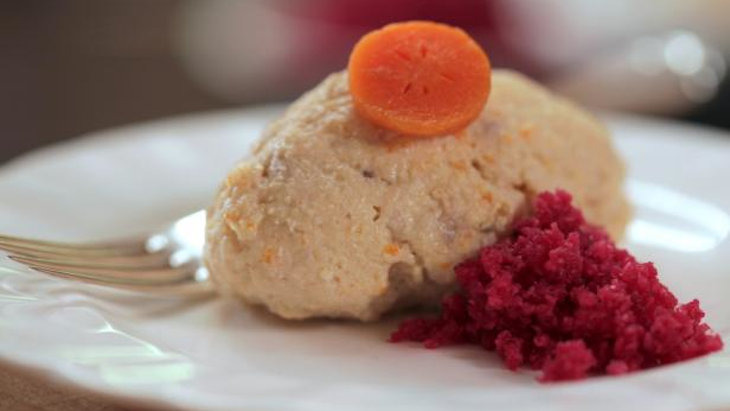
While Polish Jews have faced plenty of hostility and anti-semitism, the harsh climate has had the biggest impact on the cuisine. It has also forced them to get creative with their food creations. For instance, one of the most iconic dishes in Polish Cuisine is Gefilte Fish. Gefilte Fish was originally served as a Catholic dish for Lent. At some point during the Middle Ages, the dish was adopted by German and Eastern European Jews who added matzo meal and horseradish. Each Jewish community developed its own version of the dish, with some parts of Poland making it sweet with beets, while in other areas, pepper was used for seasoning.

Kreplach, another Polish Jewish classic, are small dumplings filled with meat or vegetarian fillings and are traditionally served in broth or fried.
The origins of Kreplach are hotly debated, with some believing it came from Italian Jews in the 14th century who made a spin on ravioli. Others say it was eastern European Jews who adapted Russian pelmeni, small stuffed dumplings boiled or fried and usually served with sour cream. Kreplach is traditionally served on Purim because of the hidden nature of the miracles of Purim and the hidden nature of the meat inside the Kreplach.
Jewish staple gęsi pipek, a dish of baked goose neck stuffed with meat and potatoes, and onions and served with apples and sauerkraut. Gesi Pipek is still often served in Poland by restaurants that specialize in Jewish cuisine.
While the Jewish people in Poland experienced times of prosperity, for the most part, they kept to small villages with modest jobs. They had to be frugal and resourceful to survive, so they made sure every part of the animal and every inch of the vegetable was used in dishes.
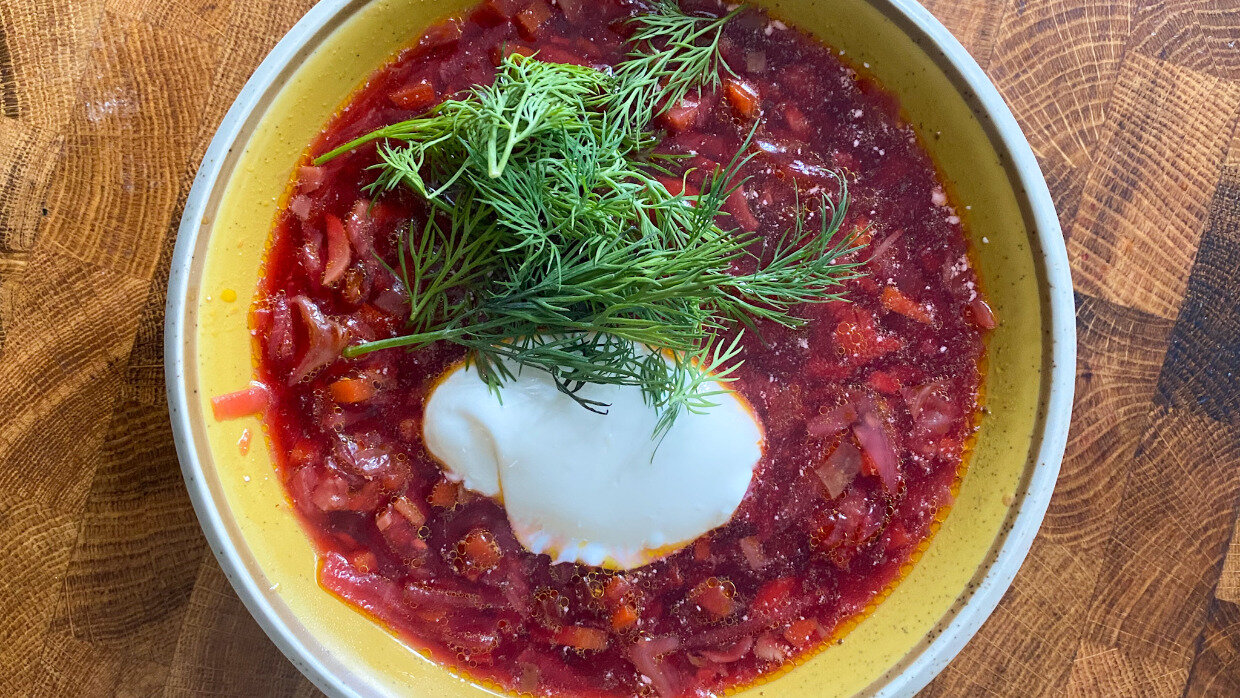
Jewish Polish cuisine is also known for its rich and hearty soups, such as borscht - a soup made with beets, potatoes, and other vegetables. Another popular dish is brisket - a slow-cooked beef dish that is usually served with potatoes and carrots. Learn more about Jewish Polish cuisine here.
The Showdown
So, which cuisine comes out on top in this delicious showdown? Well, it's a tough call. Both Jewish French and Jewish Polish cuisine are rich and flavorful, with a wide range of dishes that are sure to please any palate. French Jewish cuisine has more of an emphasis on technique and requires more skill, whereas Polish Jewish cooking has a more homey quality due to the types of ingredients available and culinary knowledge at the time.
If you're looking for something sophisticated and refined, Jewish French cuisine is the way to go. Foie Gras, Pot Au Feu, and Cassoulet are rich and decadent meals sure to impress dinner guests and family members.
On the other hand, if you're in the mood for something hearty and comforting, and perhaps a little easier to cook, Jewish Polish cuisine is your best bet. A warm bowl of cholent with a side of kugel, gefilte fish, chopped liver and herring is just the kind of meal your Bubbe would be proud of.
Ultimately, the winner of this delicious showdown is up to you. Try a few of the dishes and see for yourself what takes the cake.





